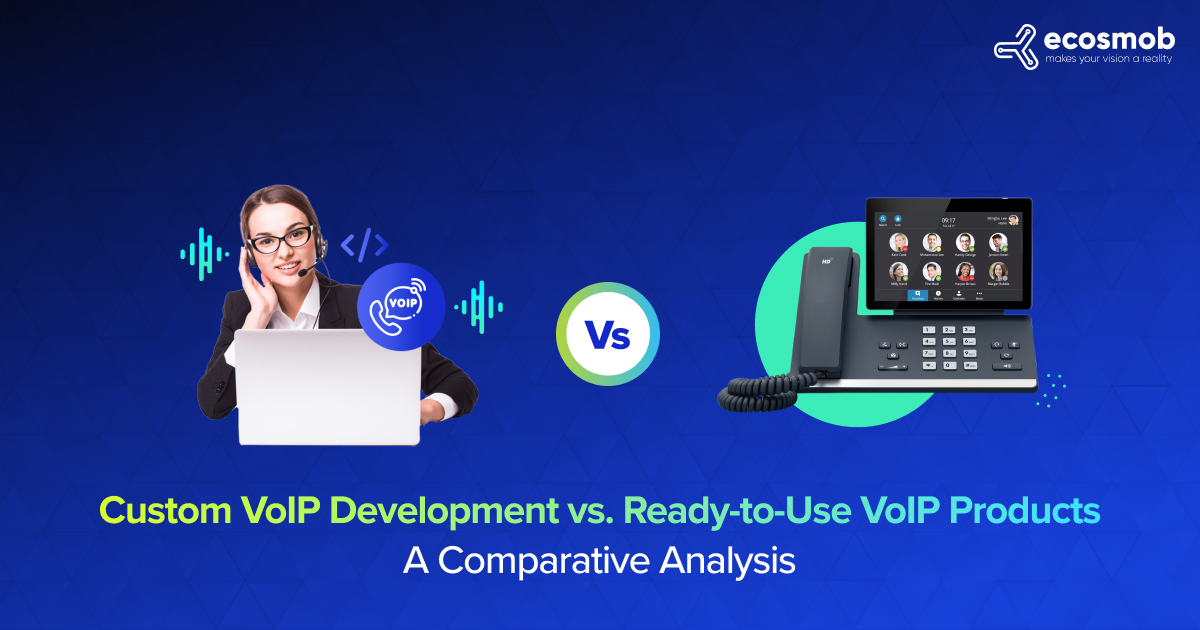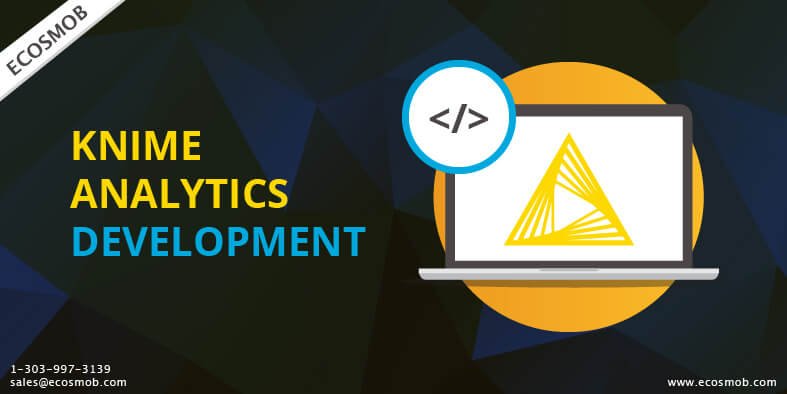Businesses, these days, need to be literally on their toes if they are to keep a step ahead of the competition. Data helps. Traditional methods relied on data warehousing and historical data analytics. Unfortunately, this has pitfalls. By the time one derives any meaningful information the market changes.
Big data is a leap forward. Real-time data can be captured and analyzed to derive intelligence that can be put to use well in time to anticipate trends, not follow them. However, it does not work for businesses of all sizes, especially smaller ones. Besides, there are huge amounts of data to cleanse and interpret requiring heavy infrastructure investments. This where predictive analysis proves to be superior with its data mining, statistics, modeling, AI and ML combined into one platform. It can work with historical data and deliver meaningful predictive intelligence. Further, users benefit by the incorporation of artificial intelligence and machine learning. Best of all predictive analysis tools like Knime can be incorporated into existing infrastructure with the help of experts in Knime analytics development.
Why Knime and Knime development? It is open source and has a graphical interface hiding sophisticated java programming, weka machine learning algorithms, Jfree Charts and elements of Python and Perl besides big data extension too. One can carry out data cleansing, processing, modeling, mining and analysis and view a variety of charts for easy understanding of the analysis process. It is sophisticated but it does not need a computer geek to run it. Business analysts learn it in a flash. All that a company has to do to derive the benefits of predictive intelligence is to call in specialists in Knime analytics development to build a suitable platform tailored to their operations. Custom Knime analytics development is necessary since each business has its own set of data and seeks to derive a specific set of intelligence based on a custom workflow with nodes. Analysts use the graphical interface for the process.
One can download and install Knime. In the usual course, it would be necessary to set the working directory and then set about creating a workflow as well as define a node for usage. This can be time-consuming and may lead to inefficiencies. Engaging a specialist in Knime can lead to custom development with the right set of plugins and features so that time is not spent in setting up the environment. One can get down to analytics straightaway and derive better information. Developers take care of the background machine learning model for automation.
Development of a custom Knime environment goes beyond that. Businesses may need to integrate big data, AI and scripting to achieve their goals. It is possible to incorporate Keras, H2O, Python, R and Apache Spark. This means users can carry out even more sophisticated analytics and benefit from the enhanced predictive capabilities of Knime. It is possible to create visualizations, work with cloud data, search Twitter for tweets and visualize geospatial information in a custom Knime environment. Using Knime becomes easier and predictive capabilities become sharper.










